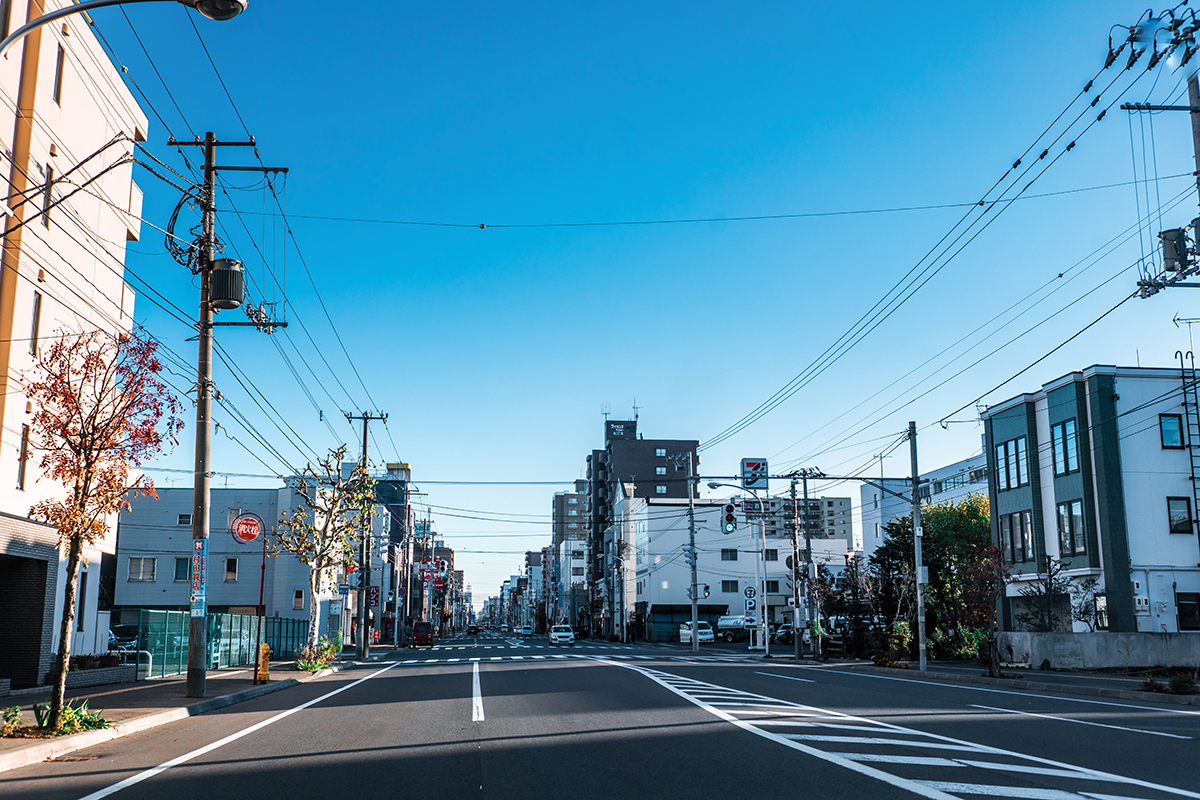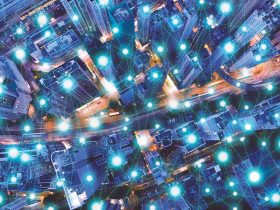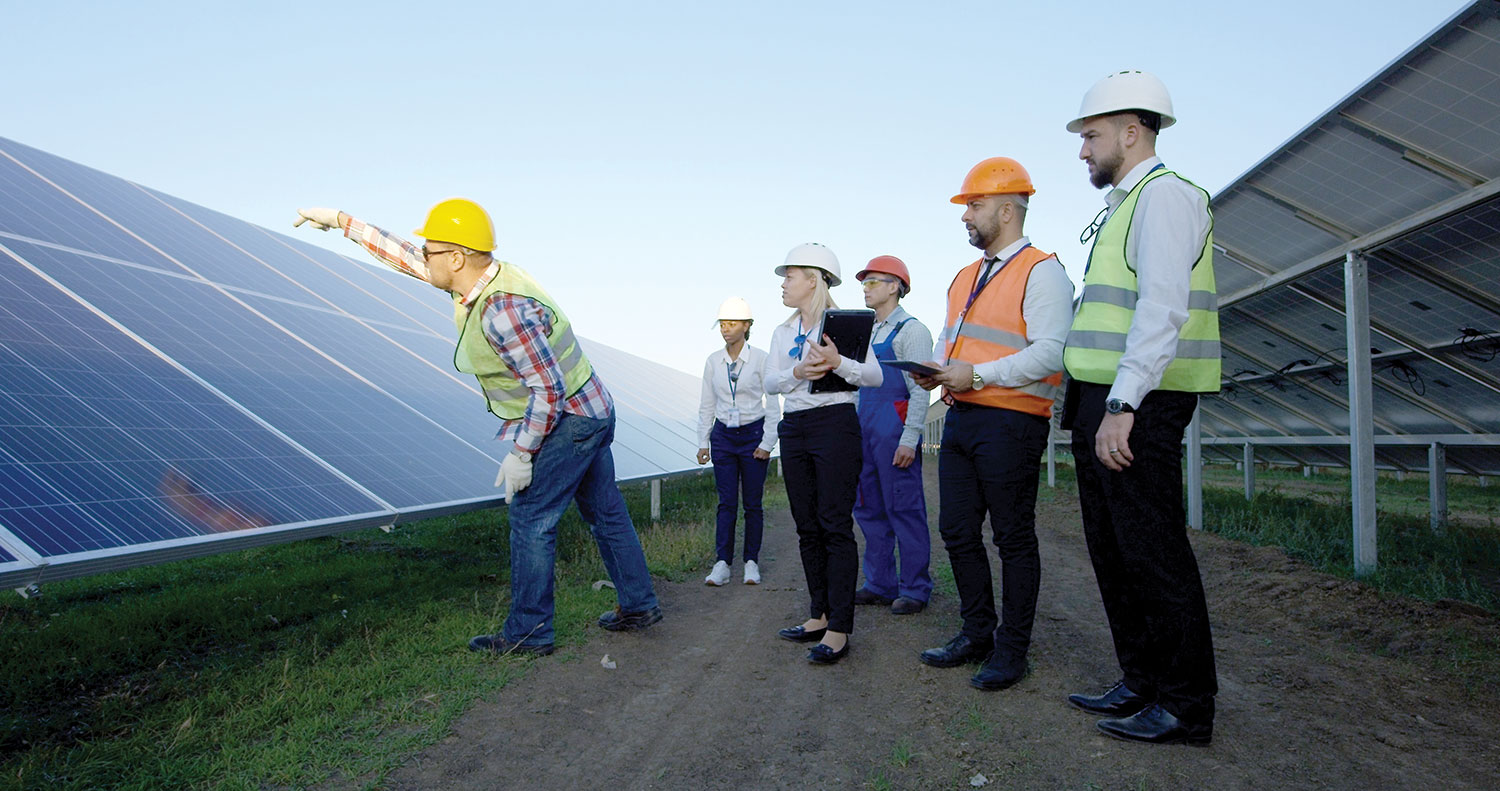Clearances provide for everyone’s safety. Failure to follow them has consequences.
That’s an informal way of stating that the clearances set forth in the National Electrical Safety Code® (NESC®) provide a basis for ensuring worker and public safety, as well as serving as a basis for settling legal and other types of disputes.
The NESC’s section on clearances covers a multitude of circumstances and, over decades of consensus-driven deliberation, experience and revisions have served us well. No brief column could cover the comprehensive treatment of clearances as delineated in the NESC, but some examples serve to illustrate the general topic.
Our nation’s inventory of vertical assets, or “utility poles” – often called “telephone poles,” although mostly owned by the power companies – are subject to the NESC’s explicit rules for the placement of power lines, communications equipment, and other attachments and the distances and workspaces or “clearances” between them.
(See the NESC’s Joint Use Program.) Clearances are intended for worker and public safety, which is the fundamental mandate of the NESC, whose jurisdiction covers the outdoor public and private electric power supply and communications facilities.
As an expert witness or provider of expert services, I’ve been called upon to explain how the NESC determines clearances, to interpret those clearances, and even assess whether an owner or tenant of a pole has met or violated a relevant clearance. Conflicts can involve disputes between a pole owner and a tenant, or between tenants. Sometimes, tragically, a person gets injured or killed. As the commercial push to implement 5G unfolds – often involving utility poles that currently carry both power and communications gear – perhaps a brief review of the topic is timely and helpful.
Consider the typical joint-use pole you see in your neighborhood. The uppermost portion is considered the power supply space. In a residential distribution system, a primary, high-voltage line connects to a step-down transformer, typically recognized as a cylinder, perhaps two feet high and one foot in diameter. A secondary, low voltage line extends from the transformer and connects to a “service drop” wire to your home to provide electric service. Communications service to the home is provided by separate service drops.
A specified distance below the transformer – a clearance defined by the NESC – is the communication worker safety zone (CWSZ). Below that zone is the communications space and any communication-related lines. Joint-use agreements typically place incumbent local exchange carrier facilities in the bottommost position and third-party communication companies, such as cable television lines, above it. If required, one or more guy wires extending from the upper portions of the pole to the ground may support or stabilize a pole. To avoid potential hazards to the public, as well as the workers, the guy wires must be grounded and/or insulated.
Now to clearances. All of those wires and equipment must be spaced appropriate distances apart for a) public safety and b) utility worker safety. The distance between wires and between wires and equipment is a specified minimum clearance. Vertical clearances between wires and surfaces, such as roadways or buildings, are determined by the type of wire or cable and must be met under “worst-case” conditions, including weather conditions that may cause the wire to sag more. Thus, the NESC divides the United States into several geographic zones that reflect the possibility of various ice loadings.
In determining clearances above roadways or buildings, for example, the NESC assumes the line is either ice loaded at 32 degrees Fahrenheit (F), or at its maximum operating temperature, which is no lower than 120 degrees F. Wind pressure is also considered. Whereas steel messenger strands, typically used to support communications lines, behave elastically and return to their former tautness when icing and wind conditions are gone, cables with aluminum components, such as power supply lines tend to acquire a permanent stretch after prior storm loading, or after long-term usage in the field (“creep”). This effect must, therefore, be considered when designing the line to meet specified clearances under the specified (subsequent) weather conditions.
The required minimum clearance values are provided in a number of tables that allow a user of the NESC to determine the proper clearances for various applications.
The NESC protects utility workers by specifying clearances between power supply lines and/or between supply and communication lines. The CWSZ, for example, provides sufficient space and safety for communication workers, who are not trained to handle supply lines, to avoid potentially dangerous voltages. Again, tables in the NESC cover the variables and specified clearances. Other factors that improve safety come into play, such as proper grounding, so that if a communications line or wire becomes inadvertently energized, due to an uncontrolled event, the power is quickly removed, and the worker is protected.
The NESC addresses clearances in a myriad of circumstances, but by using the common example of the neighborhood distribution pole, I’ve tried to convey the most basic points about clearances. As well-documented, new data or conditions arise, they are considered during the open, consensus-driven, five-year NESC revision process. In this way, over time, the NESC provides improved guidance and safety.
As I mentioned at the outset, the occurrence of on-the-job injuries and contractual disputes between parties in joint-use agreements often are resolved by exploring whether all parties have correctly interpreted and implemented, or possibly violated, the relevant clearances. In such cases, the NESC is almost always the factual basis for resolution. To learn more about how you can participate, contact nesc-support@ieee.org.















Find Us on Socials